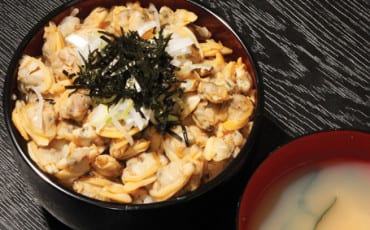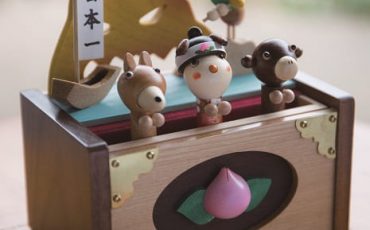- OISHII
- Articles
- Chefs Interview
- Japanese “DON” Restaurants in Singapore
Articles
Chefs Interview
Jul 1, 2015
Japanese “DON” Restaurants in Singapore
It’s a quick and easy, yet healthy, way to get a balanced meal when you have little time to spare. We look at three types of rice bowls that are well-loved by Singaporeans and Japanese alike.
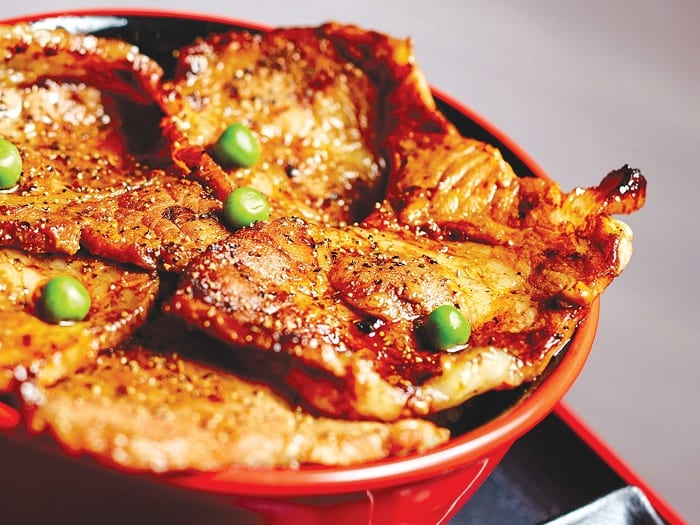
Don, a shortened name for Donburi, generally means “bowl” and refers to a bowl of cooked rice with some ingredients served on top. From broiled eels coated in a thick, slightly sweet sauce to deep fried pork cutlets, from pieces of raw fish to an assortment of tempura, the don is as versatile as it is popular.
A Complete Meal
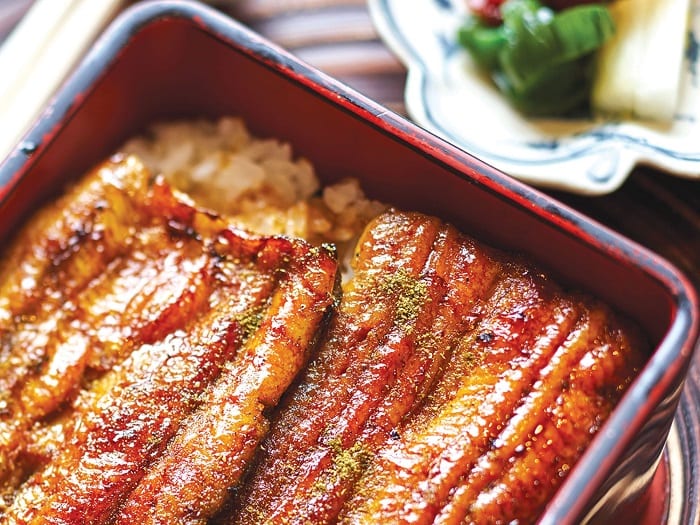
Said to be invented in the late 1800s as a dish people could easily eat while attending the theatre, the donburi was an easy-to-prepare and tasty meal people took well too. It is also believed that the donburi was invented as a way to quickly feed craftsmen during the Edo period. As many of them were short tempered and tight with their money, restaurants came up with a way to serve up cheap meals in a large pot so this class of patrons could be satisfied.
Donburi is typically served in a large bowl so as to accommodate the toppings. You would never see plain rice served in a donburi bowl as that would make the diner appear quite gluttonish.
There are a myriad of ways to enjoy a donburi because of the variety of toppings you can have. Toppings vary by region, town, and season. Given its convenience and nutritiousness, it’s no surprise that donburi chains are a common sight in Japan. A donburi chain that you are probably most familiar with? Yoshinoya – Japan’s oldest and largest beef bowl restaurant chain.
From Budget To Blowout
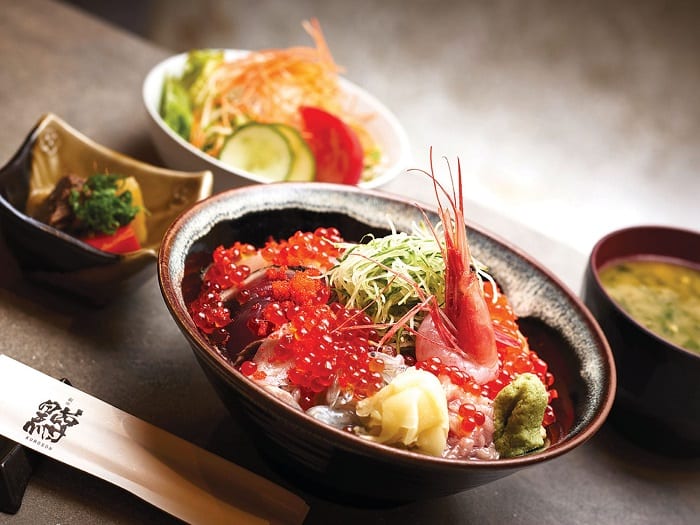
Although created initially as a cheap meal, the donburi can also be quite a pricey dish to tuck into. Depending on the quality of the ingredients used, prices can vary from less than $10 for a beef bowl to more than $70 for an unagi don. Some restaurants are also attempting to impress customers with gourmet toppings such as wagyu beef, Kurobuta pork, and foie gras.
In the following pages, we look at three of the most popular ways to enjoy a donburi. Warning: Do not proceed on an empty stomach.
Akihiro Maetomo
Executive Chef, Chikuyotei
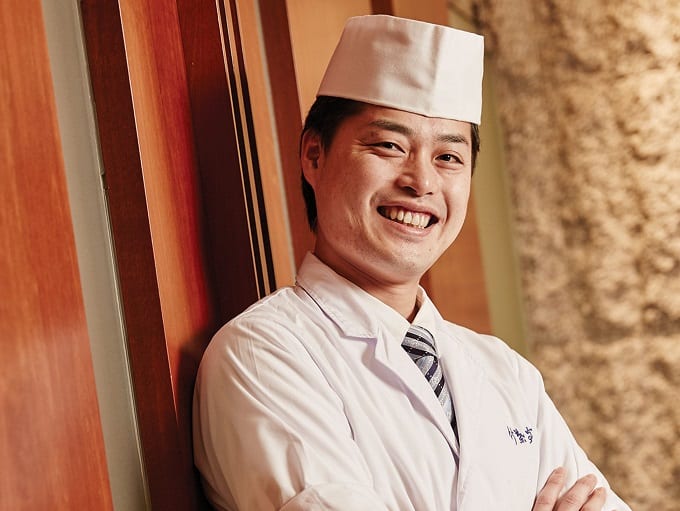
Its Tokyo flagship is a Michelin-starred restaurant with its history going all the way back to 1851. Famed for its unagi don, Chikuyotei is the only restaurant in Singapore that freshly slaughters live eels upon order. On the average, the restaurant serves about 10kg of eels daily.
Apparently the first donburi ever created was the unagi don. Tell us more about the history of the dish?
I’m not certain how the unagi don was created. Chikuyotei, although one of the oldest restaurants to be known for unagi dons, did not create the dish either. What I can tell you is that different areas in Japan have their own ways of making the unagi don. Our style is known as “Edomae”, which means in the style of Edo. The eel is first grilled over charcoal fire, then it is steamed to retain its moistness. In the western parts of Japan, the eel is only grilled and not steamed while the Nagoya style uses a sweeter sauce.
We’ve heard that eels are considered a type of health food.
Well, they are rich in vitamin A. Traditionally, the unagi don is eaten in summer to give us stamina. Every year, there are specific days recognised as the “best” days to consume it which is called Doyo-no-ushi-no-hi. This year, the dates are 24th of July and 5th of August. Some years, there is just one day. The liver of the eel is even richer in vitamin A and at Chikuyotei, we serve it in the soup that comes with the unagi don.
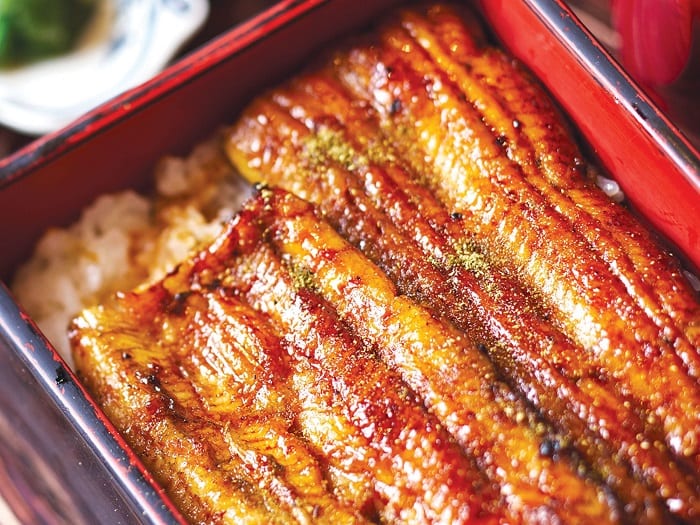
What makes Chikuyotei’s unagi don so good?
We’re very insistent on the freshness of the unagi and that’s why we only kill the eel when a customer orders it. Fresh eels have a softer, more delicate texture. Using fresh eels is also a test of the unagi chef’s skills – the flesh breaks more easily and so the grilling has to be done carefully. As the dish is a donburi, we also place a lot of emphasis on the rice. We created a video for our staff to follow when it comes to preparing the rice. It details how the rice should be washed and how to cook it right. Lastly, our sauce does not contain sugar. It is made only with mirin and soy sauce.
What is the training involved in handling and cooking the eel?
Handling fresh eels is really not that easy. You need to cut it well so that the customer can hardly feel the fine bones when he eats it. Then skewering the raw eel flesh is something that requires a lot of strength and precision – you need to put the skewer into the flesh in a straight line, otherwise when you grill it, the flesh becomes warped. For me, I took three years to master skewering eel flesh.
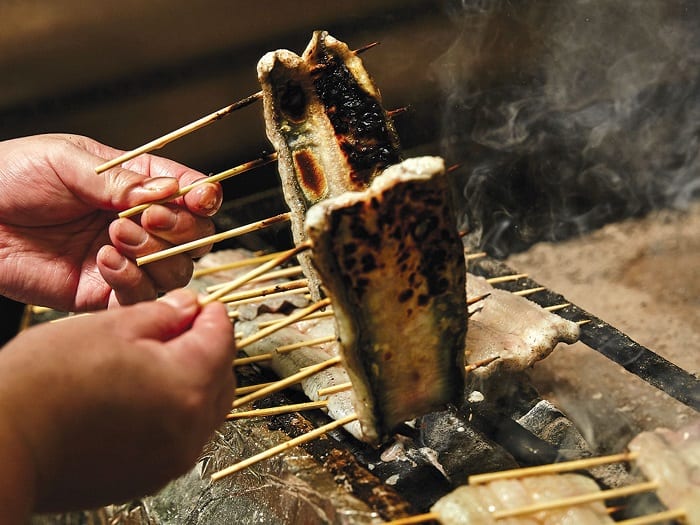
Chikuyotei
InterContinental Singapore, #01-01, 80 Middle Road.
Tel: 6825 1064
Oku Yoshinori
Assistant Master Chef, Ginza Kuroson Singapore
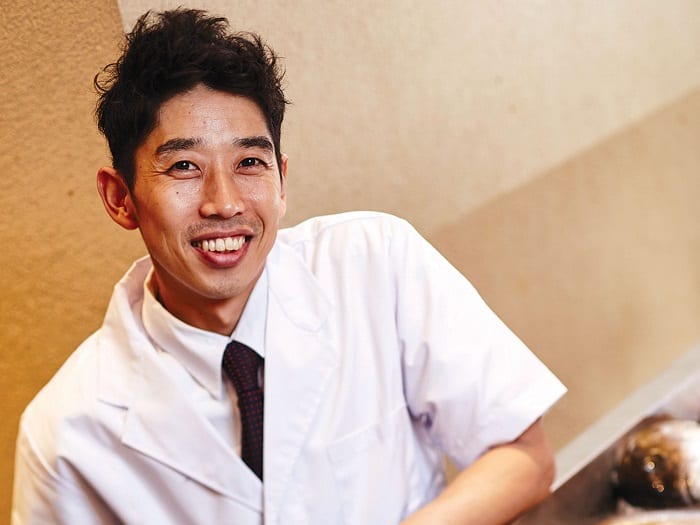
Ginza Kuroson at Robertson Quay imports fresh fish from ports all over Japan, with fish arriving at the restaurant every 3 days. The restaurant prides itself on the high quality of its ingredients and affordable prices. Lunchtime is a busy time at Ginza Kuroson where you’ll be able to find a wide variety of donburis – including its bestseller nagekomi don (fishermen don).
Raw fish on top of rice – what’s the difference between the nagekomi don and the chirashi don?
Over here, our nagekomi don features slices of fish (sashimi), while our chirashi don uses cubes of raw fish.
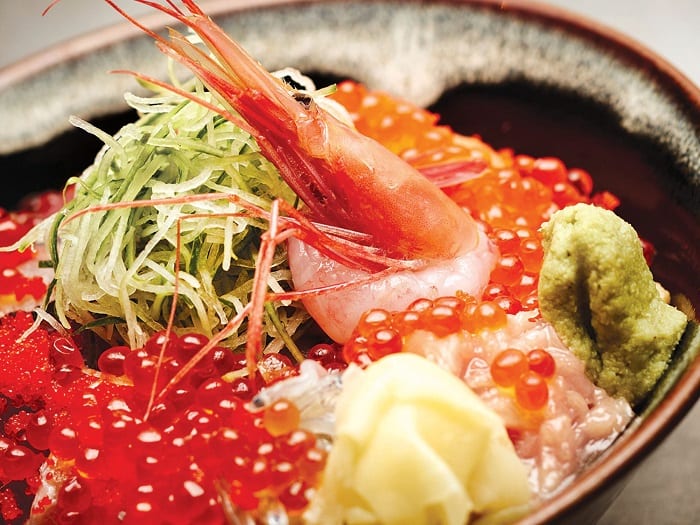
Is it true then that the raw fish used in donburis are not as fresh as fish you’d use in sashimi and sushi?
That is not true. For us, we serve donburis at lunch so customers can get their orders faster. The donburi was created for that purpose of serving a customer a sumptuous, balanced meal in a convenient style. At Ginza Kuroson, our donburis are only available at lunch. Of course, if a customer still wants to order sushi, we will also make it for him.

What makes a good nagekomi don?
At our restaurant, we use at least 10 different kinds of fish and seafood in our nagekomi don. As its name suggests, the abundance of fish used conveys the impression of a fisherman’s catch. The proportion of rice to seafood is also important. We use exactly 220g of rice in each order of nagekomi don. The rice we use here are imported Japanese Akita Komachi rice and we make sure each slice of fish is at least 0.5cm thick.
How does Ginza Kurosan ensure it gets the freshest fish and seafood?
We get our fish and seafood from 48 ports all over Japan. Before we place an order, we do a check on the weather at a particular port. If weather conditions are not ideal at that port, we don’t order from it. Stocks arrive every Tuesday, Thursday and Saturday so we get a consistent supply of fresh fish and seafood.
Is it possible to prepare your own nagekomi don at home?
The donburi is a dish of convenience so it is also commonly prepared at home using toppings like beef, pork cutlets, etc. If a housewife wants to make something like a nagekomi don or a chirashi don, it is possible but the slicing of the fish may be a challenge. These days, however, you can buy ready cut slices of raw fish from the supermarkets so yes, you can prepare your own nagekomi don at home.
Ginza Kuroson
30 Robertson Quay, #01-10/11, Riverside View.
Tel: 6737 5547
Hitoshi Yano
Founder and chef, Butahage
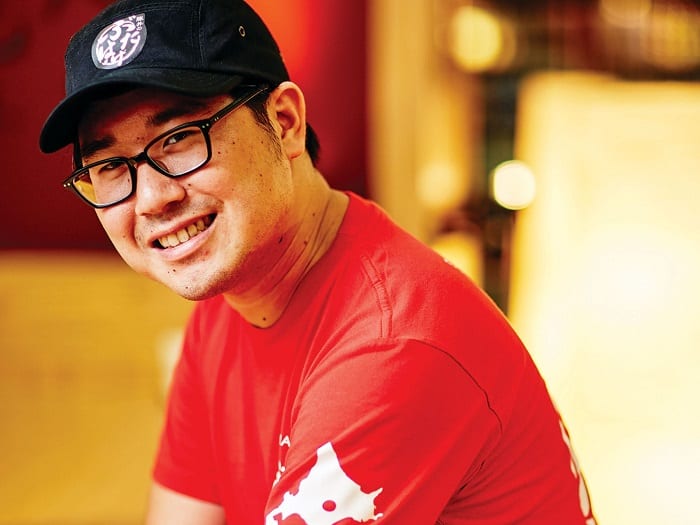
Butahage is the quick-serve restaurant of Hageten, an establishment from Obihiro, Hokkaido, famous for its grilled pork rice bowl – butadon. When pioneers first arrived in Tokachi (the subprefecture which Obihiro belongs) to open up the land, they brought with them four pigs, thus setting in motion a pig farming industry. The butadon can thus be seen as the culinary representation of Tokachi’s developmental history.
Why is pork so well-loved in Hokkaido?
In Meiji era, many pioneers went to Tokachi in the bid to make the area inhabitable. They brought with them cows, horses, and pigs. The cows provided milk while the horses were used as labour. The pigs were bred for food. The habit of eating pork is so entrenched in Hokkaido. For instance, in the Japanese dish sukiyaki, we usually use beef as the meat, but in Hokkaido it is very popular to use pork.
What makes Butahage’s butadon so good?
The butadon’s ingredients are really simple – rice, pork and sauce – but what is difficult is getting the right balance of each. My grandfather created the original sauce, and we make sure the taste remains the same to this day. We are very proud of our butadon and want to bring traditional Japanese food culture to Singapore, so we are careful not to localise the Butadon. If it is too localised, it loses its original taste. The simpler the dish, the more challenging it is to keep it consistent.
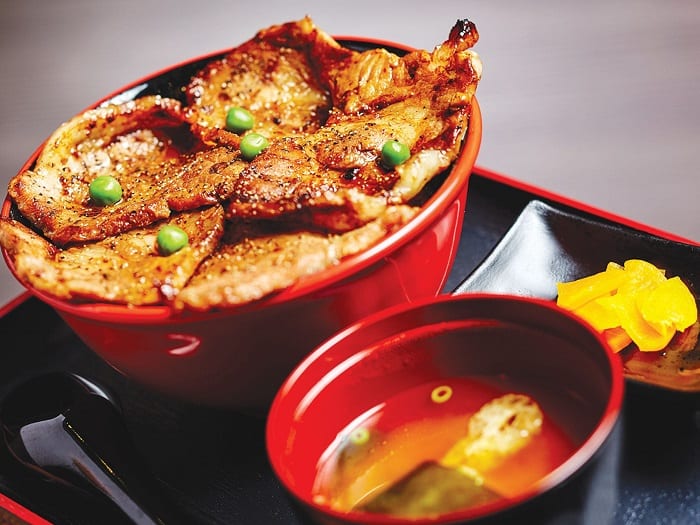
Any challenges in finding the right ingredients for make the butadon in Singapore?
Ideally, we would like to be able to import all our ingredients from Hokkaido. But so far, we are only able to import the rice. This is very challenging. Singapore’s water is also different. So we have to import the pork from US. Quality is very important to us – the first generation really insisted on it, even if profits were minimal. We are still trying to look for the best food to match our standards; the US pork is the best we can find right now, but we are not satisfied yet. Also, we will not be adjusting the flavour because we feel that once we start to change the flavour, we start to change who we really are and the real flavour will be lost over time.
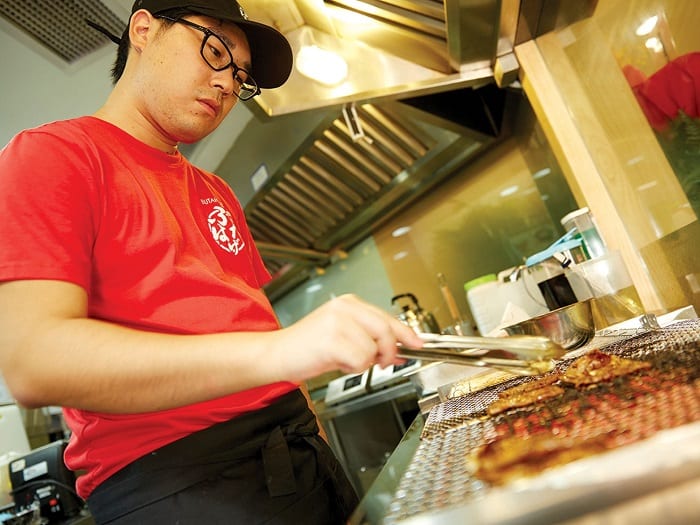
Butahage
Liang Court, #02-32/33, 177 River Valley Road.
Tel: 6268 4821
TEXT: DEBORAH TAN
PHOTOGRAPHY: RAYMOND TOH/VINEYARD PRODUCTION







